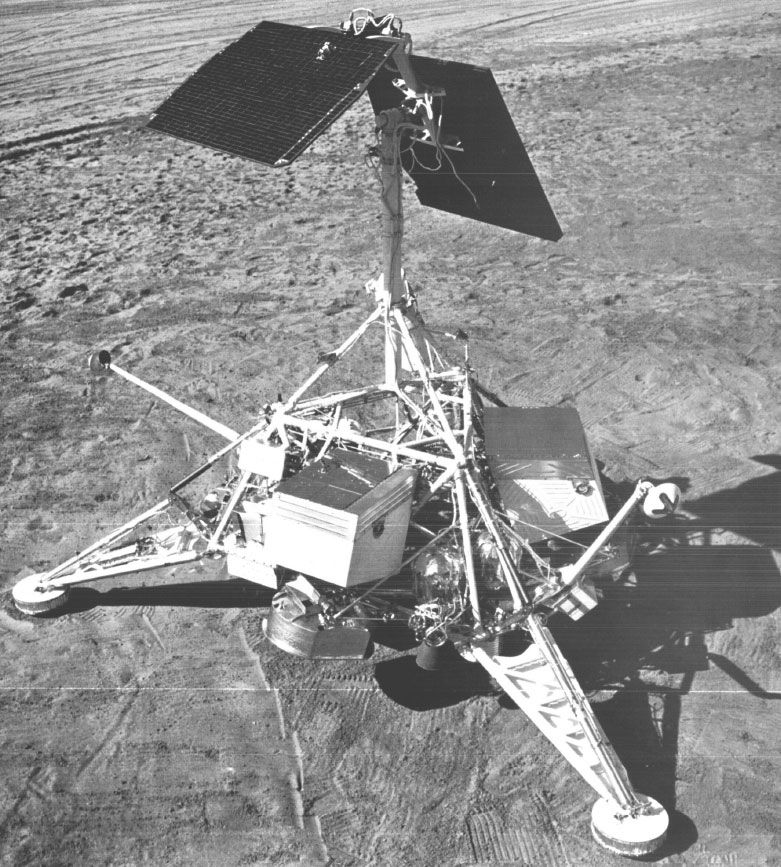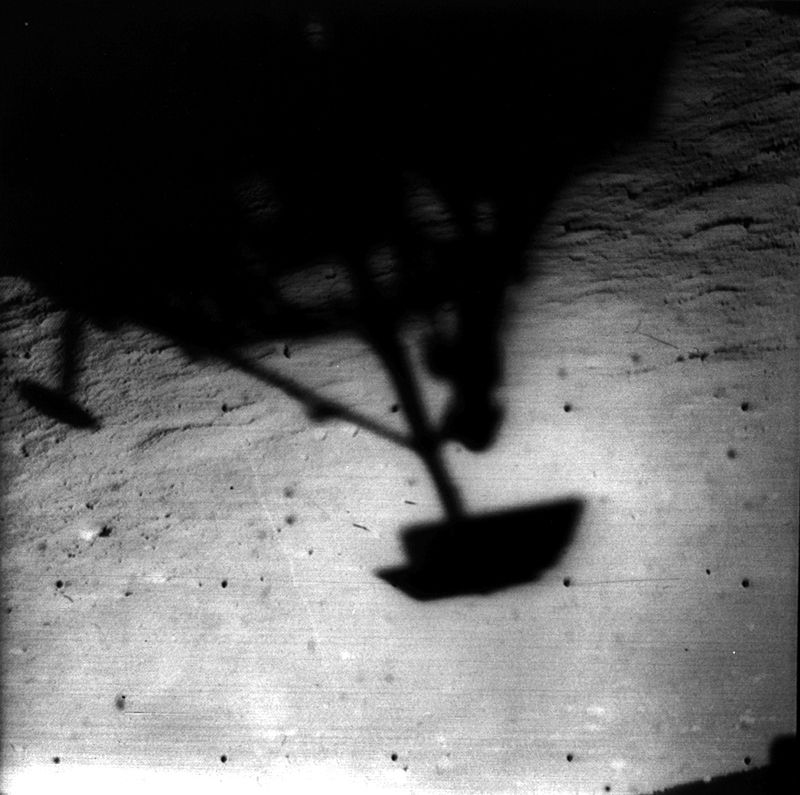
Surveyor 1

Surveyor 1 was the first uncrewed lunar soft-lander in the NASA Surveyor program. It gathered data about the lunar surface that was needed for the upcoming Apollo Moon landings. The successful soft landing of Surveyor 1 in the Ocean of Storms made it the first landing on any extraterrestrial body by an American space probe. It was also unprecedented as it was successful on the first attempt, and it occurred just four months after the Soviet Union's Luna 9 probe successful moon landing.
Surveyor 1 launched on May 30, 1966, and was sent directly into a trajectory to the Moon without any parking orbit. The spaceflight lasted 63 hours, 30 minutes, and after entering lunar orbit, its retrorockets were turned off around 3.4 meters above the Moon's surface. Surveyor 1 then fell freely and landed on the lunar surface on June 2, 1966, on the Oceanus Procellarum, within the northeast portion of the large crater called Flamsteed P, or the Flamsteed Ring. Surveyor 1's landing was broadcast live on some television networks. The successful landing was surprising, considering the multiple failures of the Ranger spacecrafts en route to the Moon. Mission coordinators had predicted the probability of success to be around 10-15%.

Surveyor 1 collected considerable scientific data from 1966 to 1967 and returned it to Earth via the Deep Space Network. The spacecraft had two television cameras, one for taking still pictures of the lunar surface and one for its approach. Over 100 engineering sensors were on board. They transmitted pictures of the spacecraft footpad, surface materials, and the surrounding lunar terrain. The Surveyor spacecraft also collected data on the load-bearing strength of the lunar surface, the radar reflectivity of the lunar surface, and the temperatures for use in the analysis of the lunar surface temperatures. The Surveyor program's success was instrumental in the Apollo program's future success and future uncrewed lunar exploration.
